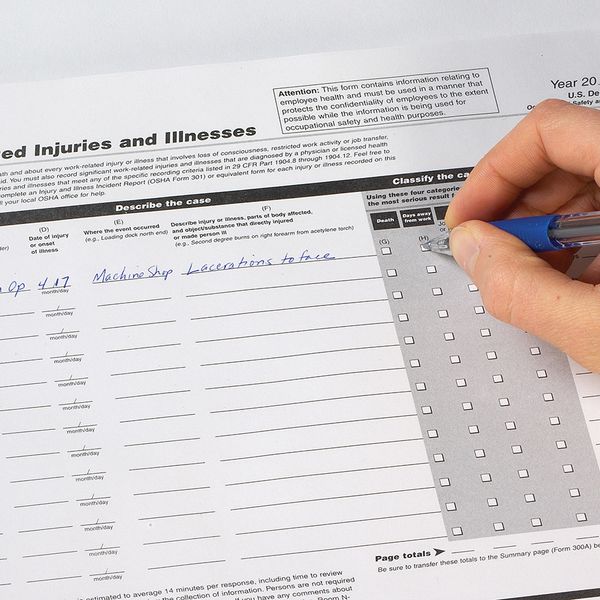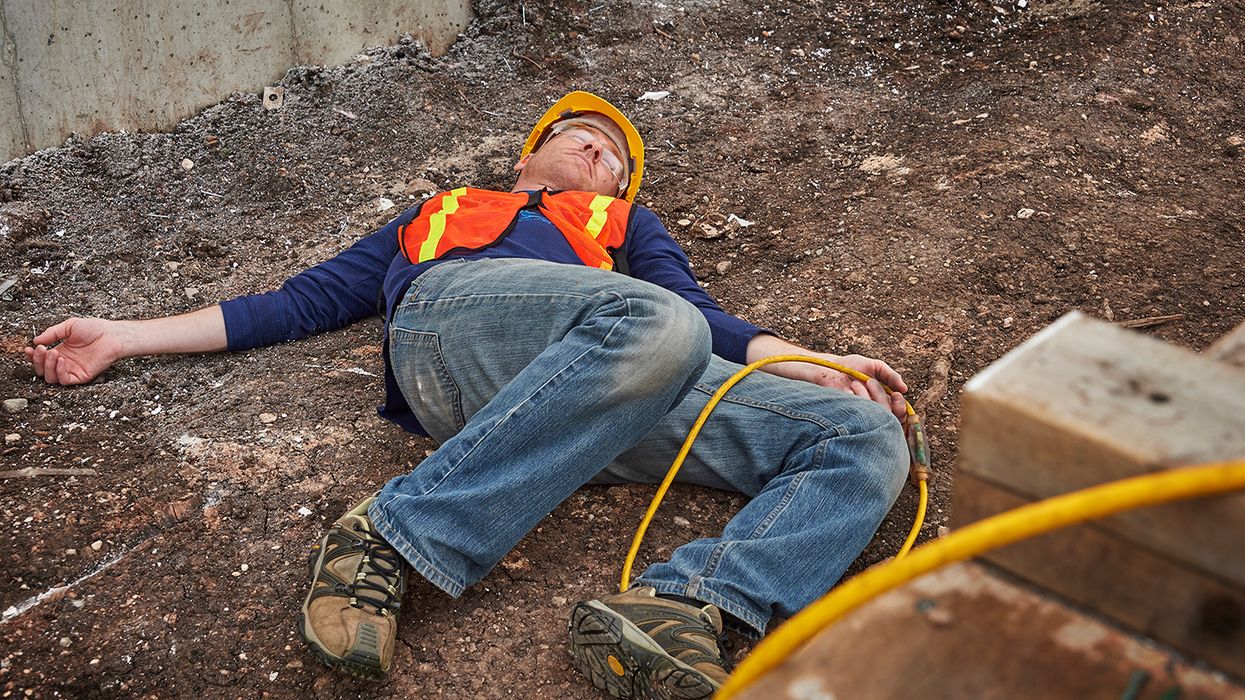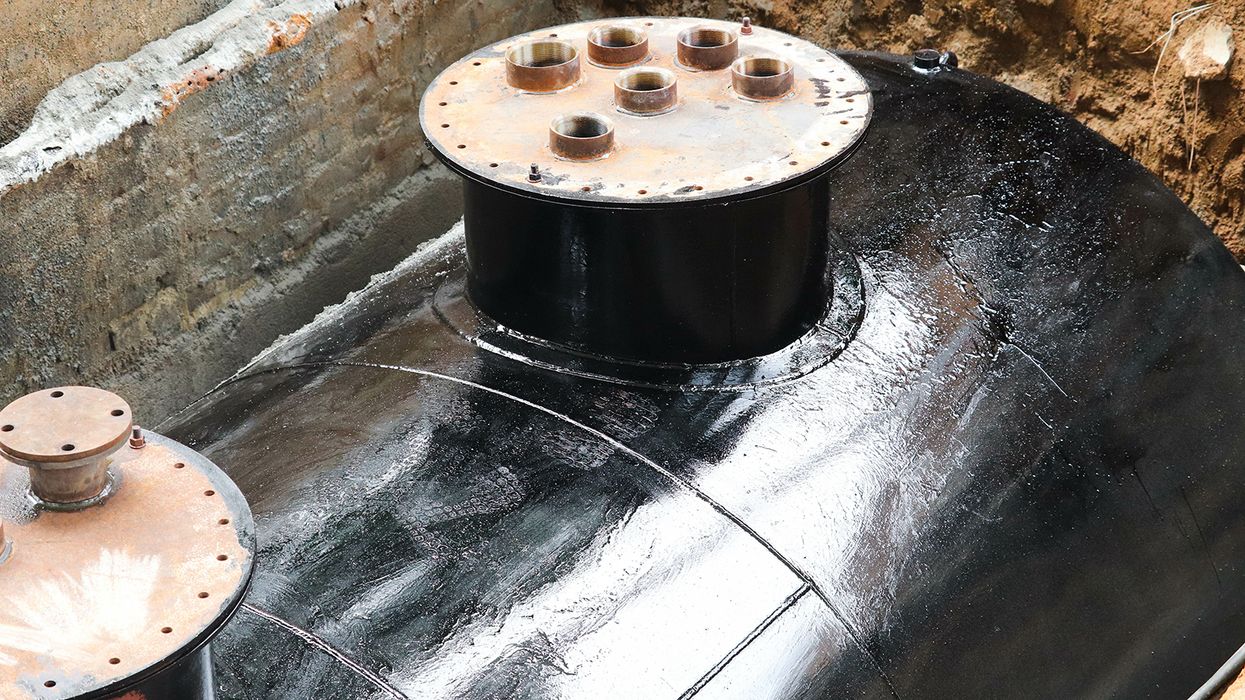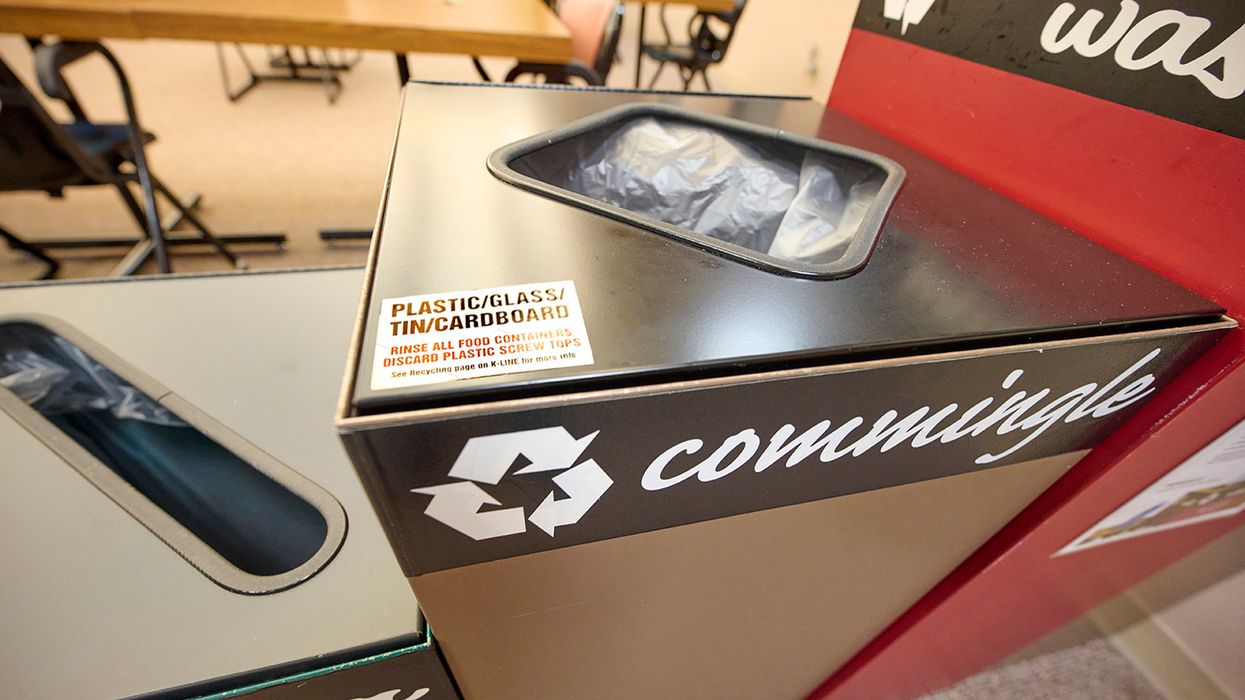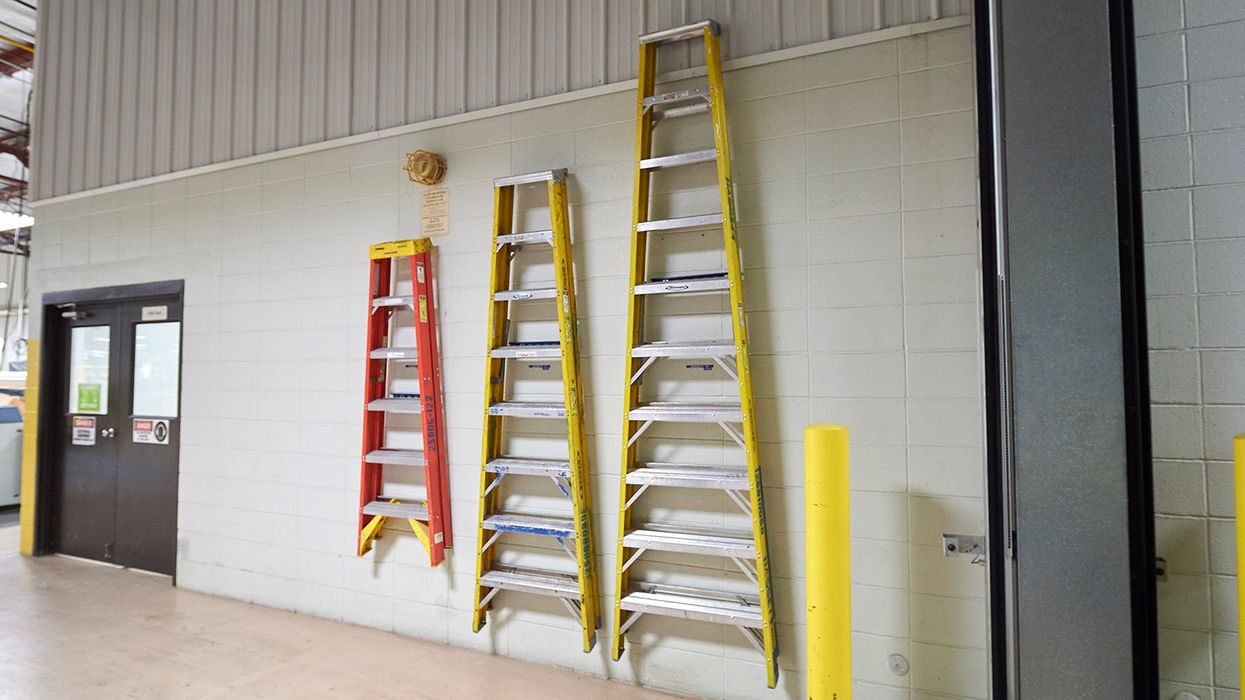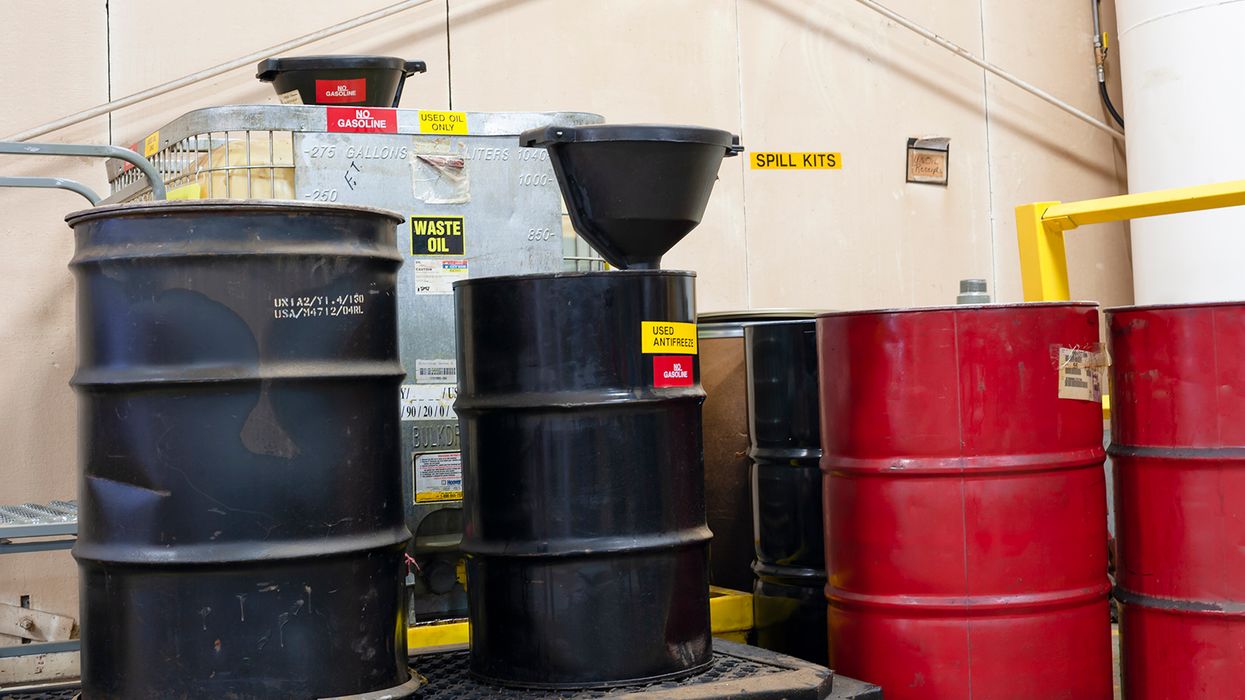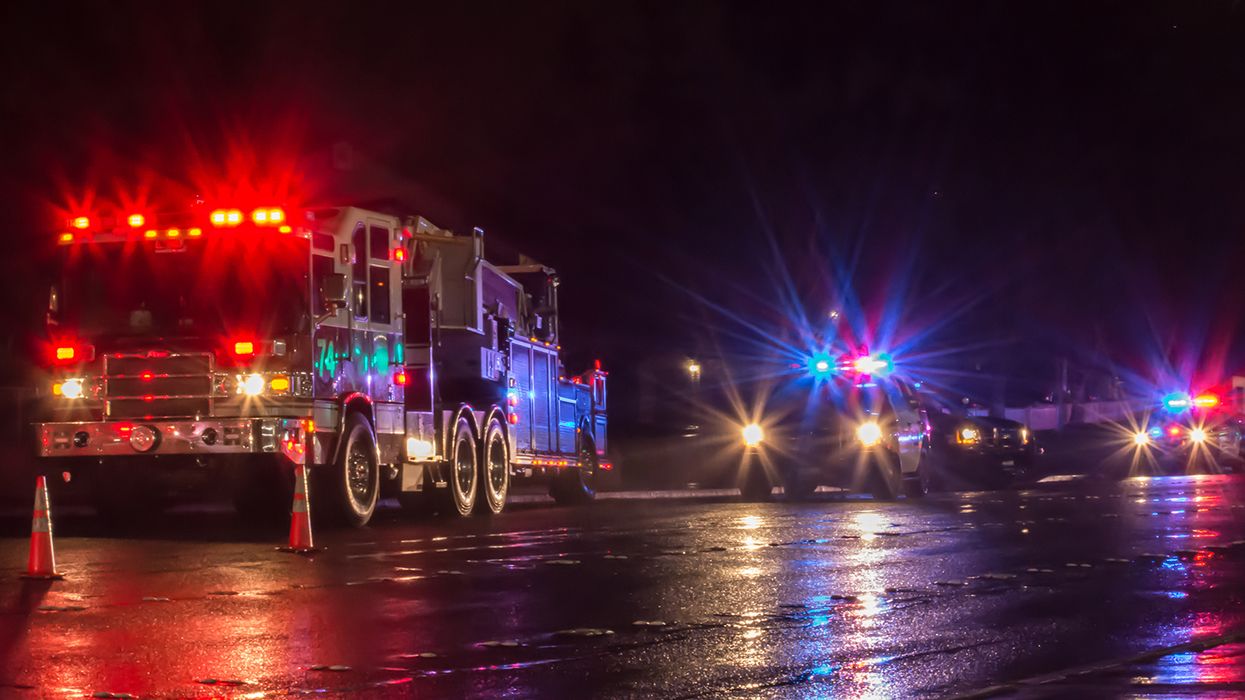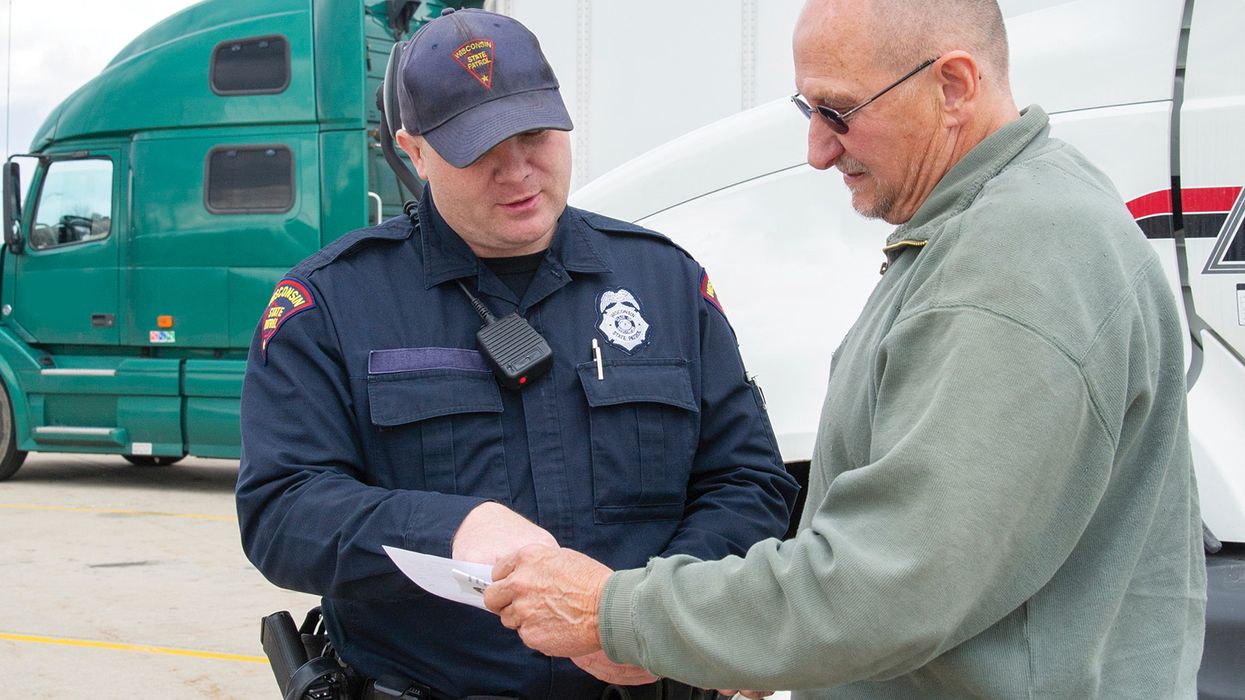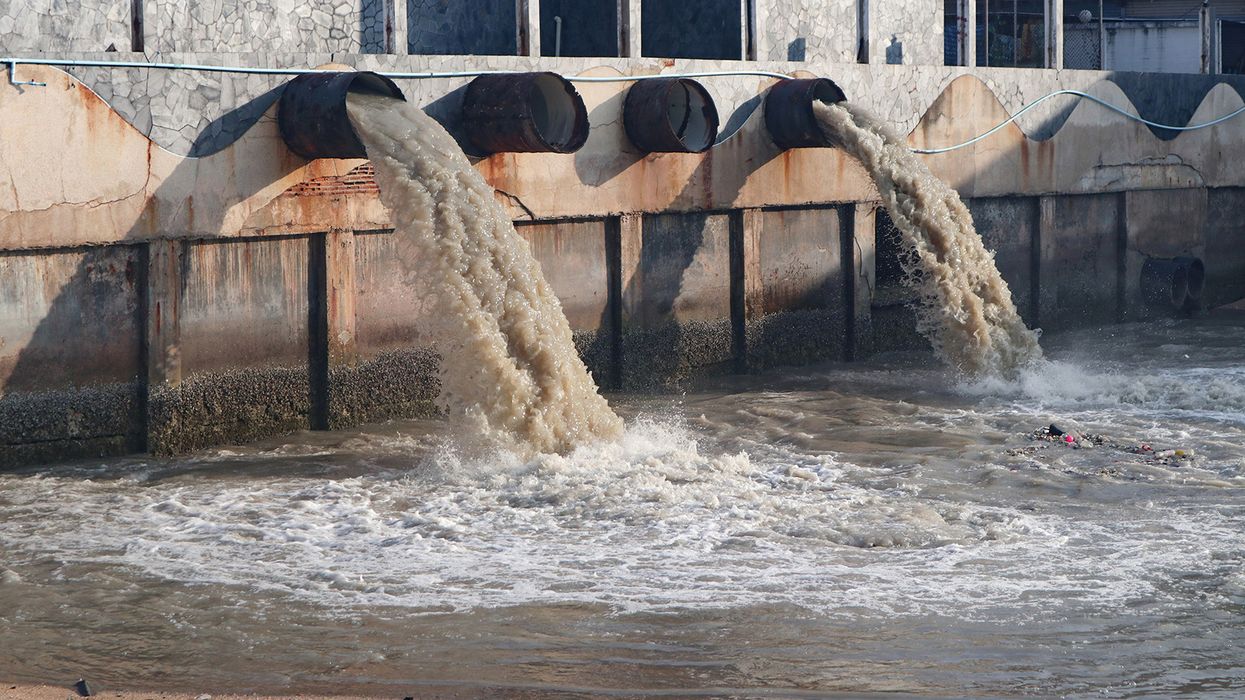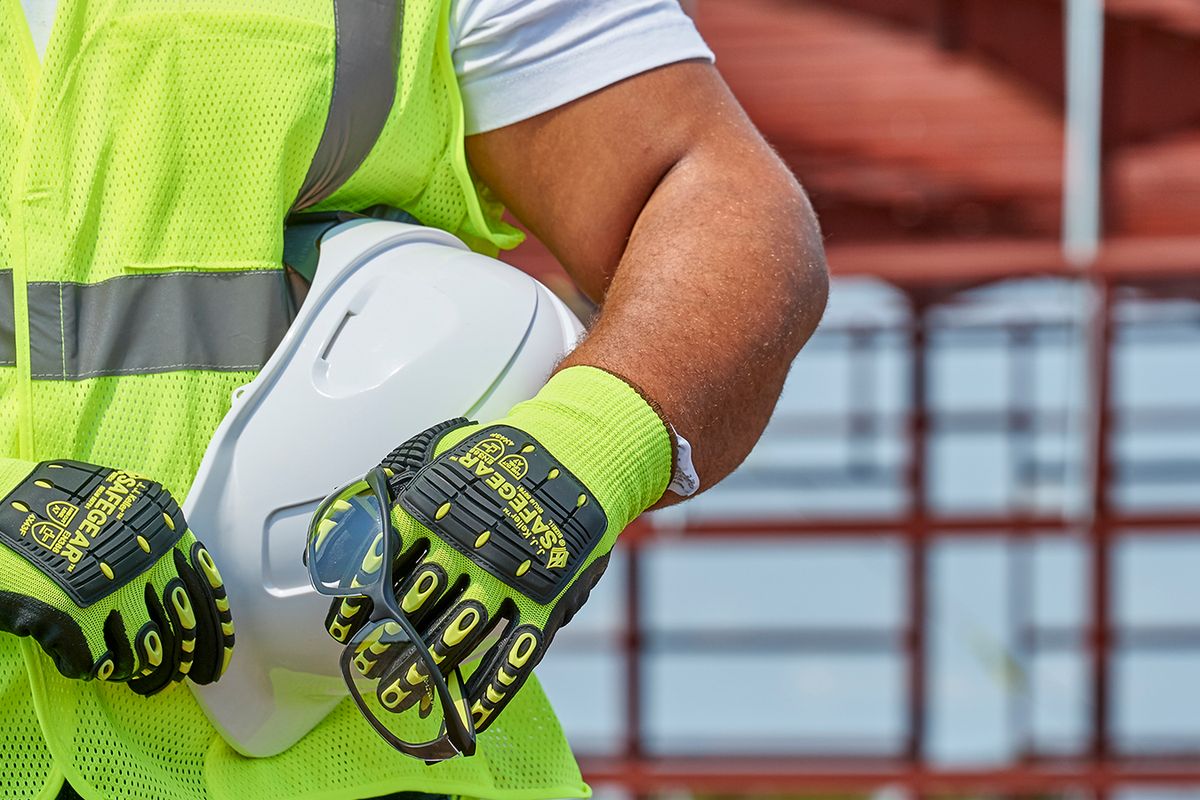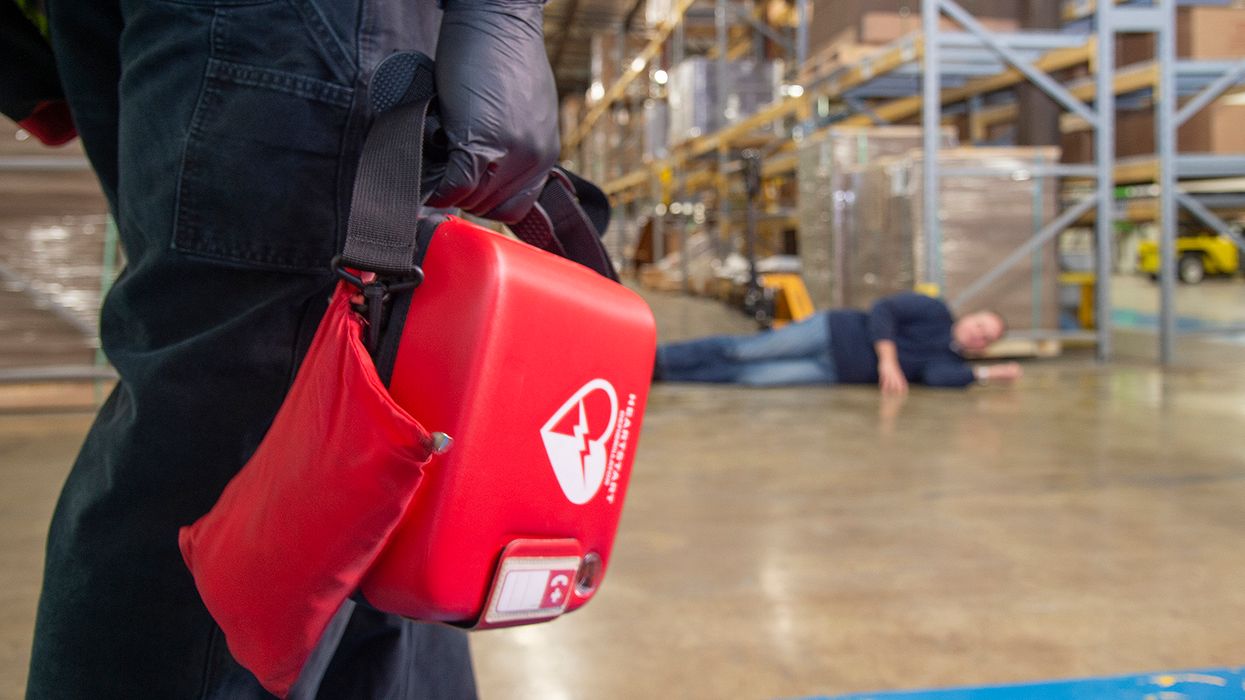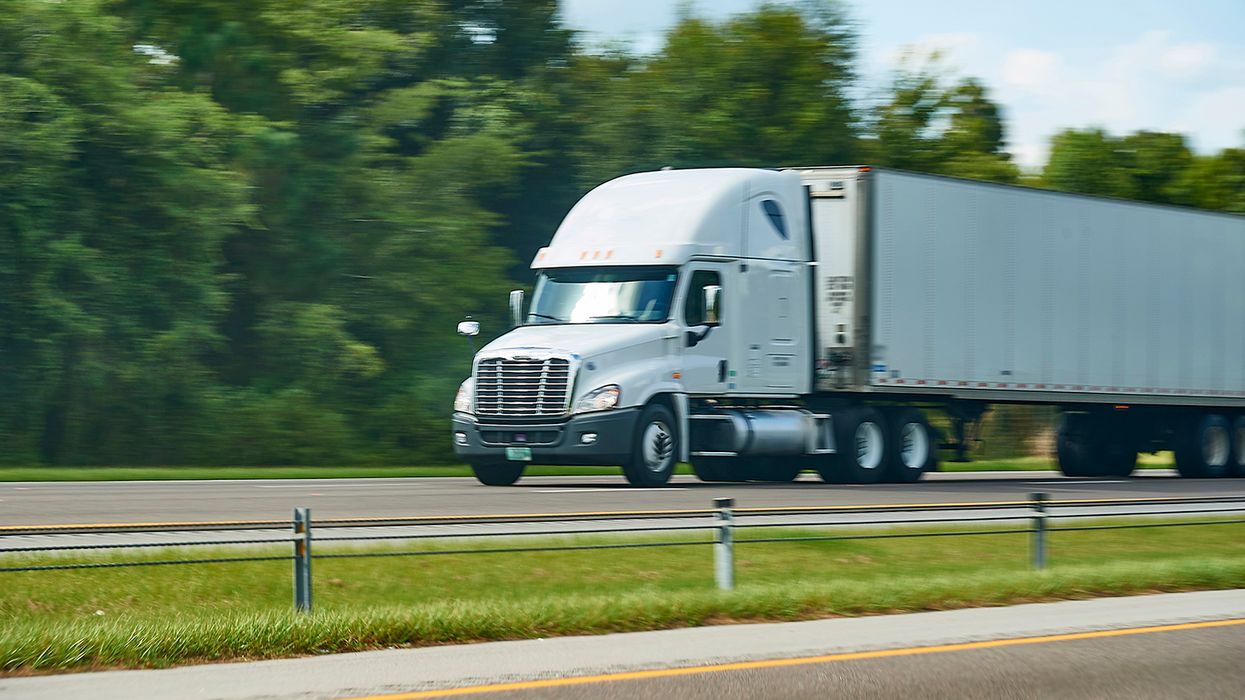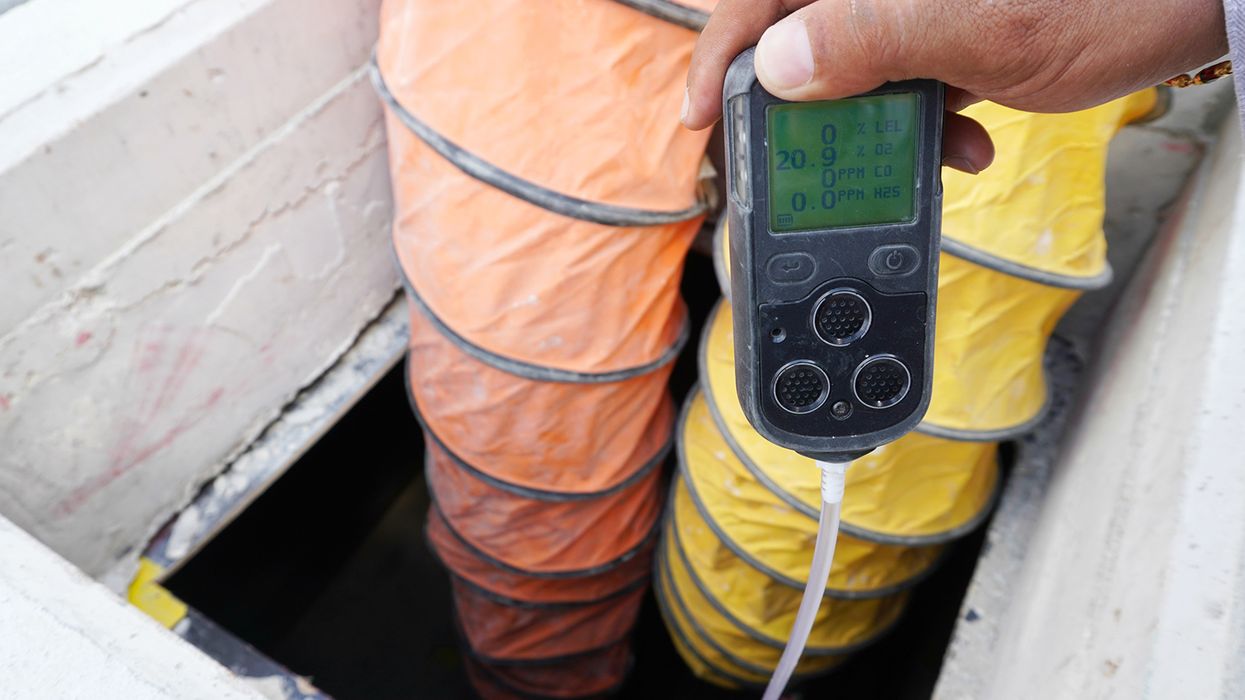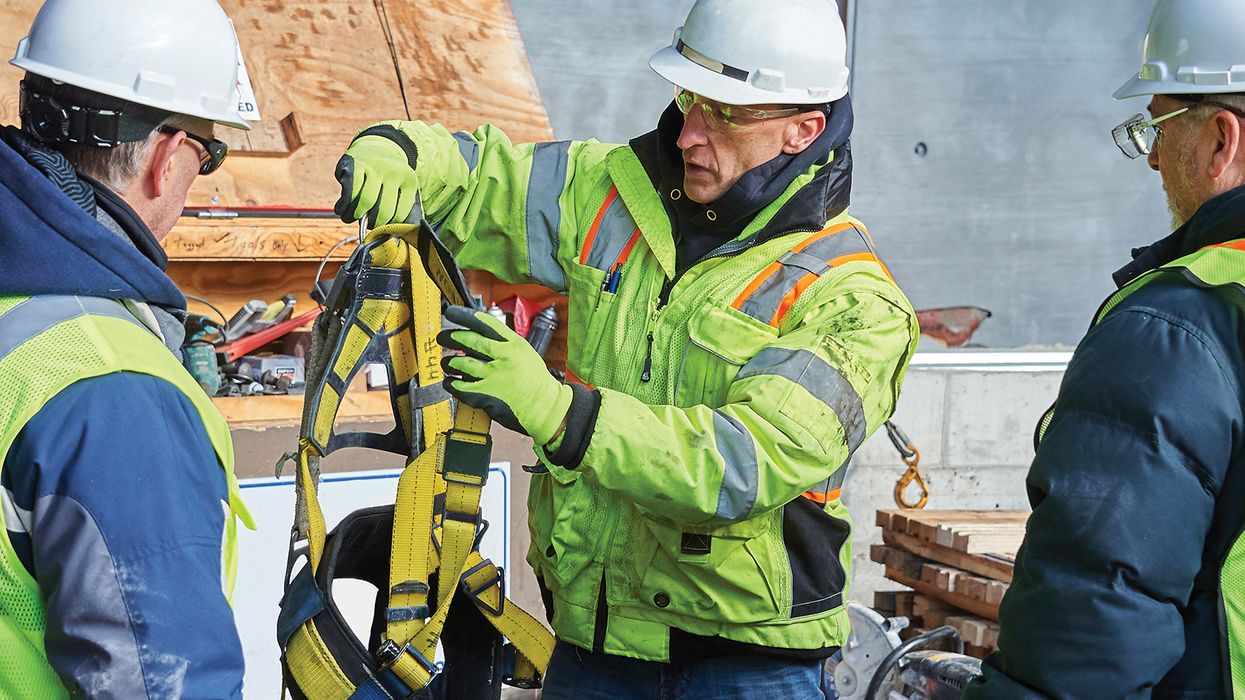Address injury and illness recordkeeping during multi-employer situations
In a Letter of Interpretation dated August 10, 2011, OSHA clarified its recordkeeping requirements relative to multi-employer worksites. The letter focused on a case in which two entities entered into a contractual agreement to provide records management and maintenance services for a Department of Homeland Security (DHS) records storage facility. Specifically, the LOI presented the following scenario:
“Employer A is the prime contractor for the project, and Subcontractor B is a subcontractor of Employer A. Both Employer A and Subcontractor B employ management and non-management workers at the facility.
Under the contract, Subcontractor B must provide the staffing and resources needed to perform its assigned tasks. Subcontractor B has several supervisors at the facility who oversee the day-to-day operations of workers within their respective departments.
Employer A has a Project Manager who oversees overall operations at the facility and several high-level managers, including a Human Resource Manager, Facilities Manager, and Quality Control Manager. Employer A provides general guidance to Subcontractor B managers. For example, Employer A managers identify quality standards and timeframes within which Subcontractor B must direct and manage its resources to complete specific tasks.”
In response, OSHA said that 1904.31 requires employers to record all their workers’ recordable injuries and illnesses. Employers must also record the recordable injuries and illnesses of all workers they supervise daily, even if they are not on the employer’s payroll. Day-to-day supervision exists when the employer “supervises not only the output, product, or result to be accomplished by the person’s work, but also the details, means, methods, and processes by which the work objective is accomplished.”
Per 1904.31, the responsibility for recording and reporting is the employer’s duty with the greatest amount of control over the working conditions that led to the injury or illness. In the 2001 preamble to the final rule revising the Part 1904 regulation, OSHA said that the supervising employer is in the best position to obtain the necessary injury and illness information due to its control over the worksite and its familiarity with the work tasks and the work environment. The employer with daily supervision is also in the best position to use the injury and illness data to learn about and correct hazards in the jobsite.
Additionally, 1904.30(a) requires employers to maintain a separate OSHA 300 Log for each establishment expected to be in operation for one year or longer. Based on the facts and because they supervise workers daily, although Employer A and Subcontractor B are separate employers, they must maintain a separate OSHA 300 Log covering all workers (from both employers) at this facility.





